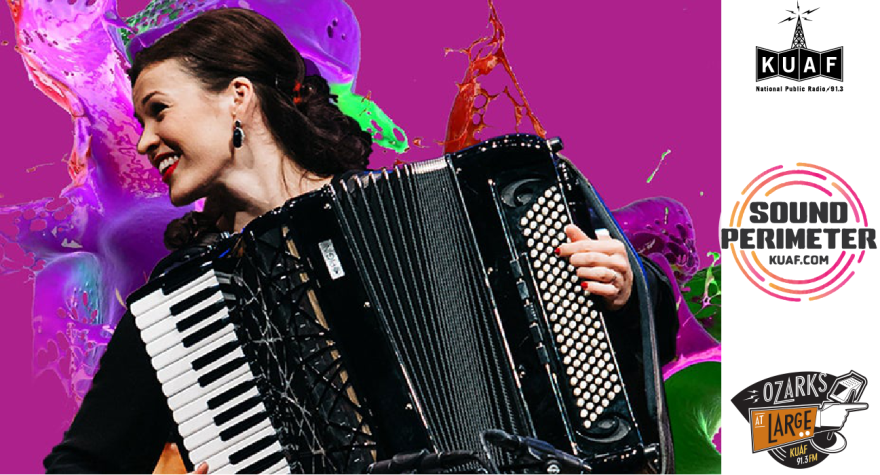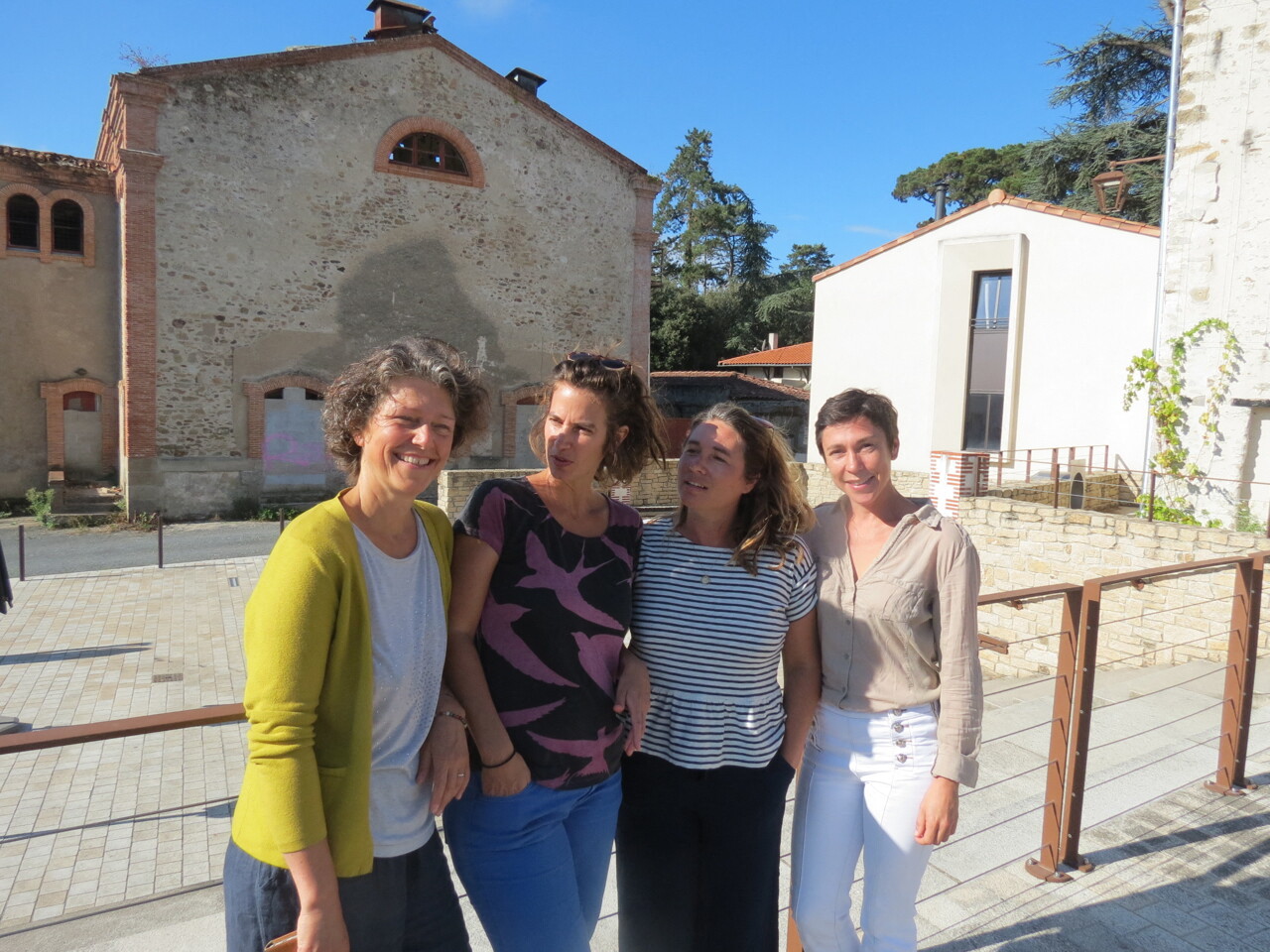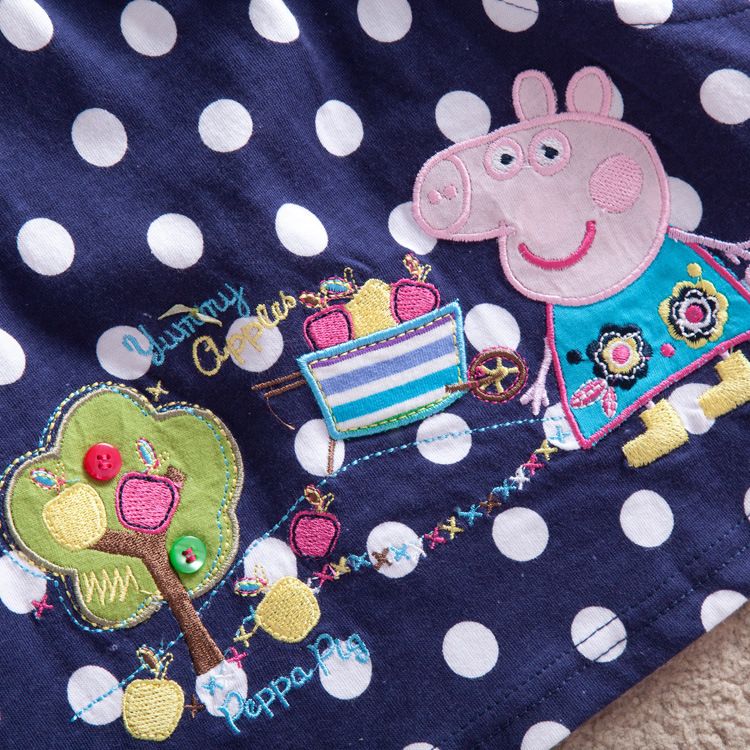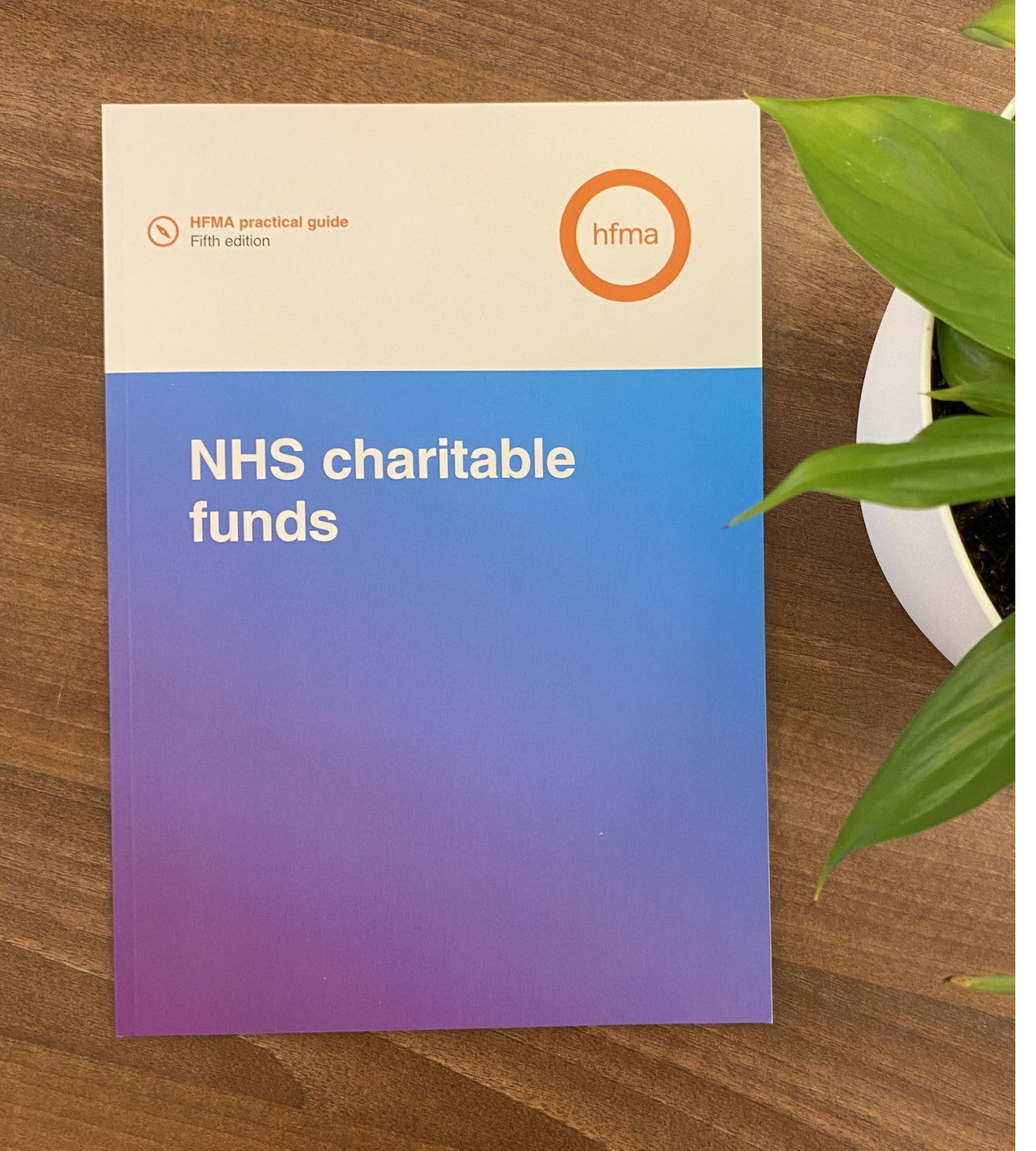Within The Sound Perimeter: Music And Social Cohesion

Table of Contents
Music as a Universal Language
Music's ability to connect people across cultures is undeniable. Its emotional impact transcends linguistic and cultural differences, fostering understanding and empathy where words might fail.
Transcending Cultural Barriers
Music's universal appeal is evident in the global popularity of genres like reggae, K-pop, and salsa. These musical styles, originating in diverse corners of the world, have captivated audiences worldwide, demonstrating music's capacity to bridge cultural divides.
- Examples of globally popular musical genres: The widespread appeal of genres like Latin pop, hip-hop, and electronic dance music showcases music's ability to unite people across national and linguistic boundaries.
- International collaborations in music: Collaborations between artists from different countries demonstrate the power of music to foster intercultural dialogue and understanding. Think of the numerous collaborations between Western and Asian artists, or between artists from different Latin American countries.
- The use of music in intercultural dialogue: Music is increasingly used as a tool for promoting intercultural understanding and peacebuilding initiatives. Music workshops and collaborative projects involving diverse communities can effectively facilitate dialogue and break down stereotypes.
Shared Emotional Experiences
Shared musical experiences create a powerful sense of collective identity and belonging. Whether it's the exhilaration of a live concert, the communal joy of a music festival, or the intimate connection fostered by a community choir, music unites individuals through shared emotion.
- Live concerts: Concerts bring together large groups of people with a shared interest, generating a powerful sense of community and collective identity.
- Festivals: Music festivals provide unique opportunities for social interaction and the creation of shared memories among diverse groups of people.
- Community choirs: Community choirs offer a space for individuals to connect through shared musical activity, promoting social interaction and improving mental wellbeing.
- The emotional resonance of specific songs: Songs often become associated with specific events or movements, creating a shared emotional resonance among those who experience them. National anthems, protest songs, and songs associated with significant historical events evoke powerful collective emotions.
Music and Community Building
Music plays a critical role in community building, strengthening local identities and fostering social interaction.
Local Music Scenes and Identity
Local music scenes contribute significantly to a sense of place and community identity. Local bands, community music programs, and music venues all play an integral part in fostering social interaction and creating a vibrant cultural landscape.
- Local bands: Local bands often become synonymous with a particular area, reflecting the community's unique character and identity.
- Community music programs: Programs offering music lessons and workshops to community members create opportunities for social interaction and skill development.
- The role of music venues in fostering social interaction: Music venues serve as social hubs, providing spaces for people to connect with each other and enjoy live music.
- Case studies of successful community music initiatives: Many communities have successfully used music as a tool for social cohesion, creating vibrant and inclusive cultural spaces.
Collaborative Music Making
Collaborative music-making strengthens social bonds through shared effort and mutual support. The experience of creating music together fosters trust, cooperation, and a sense of collective accomplishment.
- Band practice: The collaborative nature of band practice requires communication, teamwork, and mutual respect, strengthening relationships among band members.
- Orchestras: Orchestras, with their large ensembles and collaborative efforts, promote social cohesion through shared musical goals and a structured environment for collaboration.
- Community choirs: Similar to orchestras, community choirs provide an environment for collaboration and social interaction.
- Jam sessions: Impromptu jam sessions offer a spontaneous and inclusive approach to collective music-making, fostering creativity and social interaction.
- The psychological benefits of group music activities: Engaging in group music activities has been shown to reduce stress, improve mood, and enhance social interaction.
Music Therapy and Social Inclusion
Music therapy and inclusive music education play a crucial role in promoting social inclusion and addressing social isolation.
Music's Role in Healing and Rehabilitation
Music therapy is increasingly recognized for its ability to improve social interaction and inclusion for individuals facing social isolation or mental health challenges.
- Music therapy programs for marginalized communities: Music therapy programs can be tailored to the specific needs of marginalized communities, providing a supportive environment for self-expression and social interaction.
- The use of music in rehabilitation settings: Music therapy can assist in rehabilitation, aiding physical and cognitive recovery through creative expression and social interaction.
- Case studies showcasing successful music therapy interventions: Studies have shown the efficacy of music therapy in improving various aspects of social and emotional wellbeing.
Promoting Inclusivity Through Music Education
Inclusive music education is vital for fostering social cohesion within diverse communities. Accessible programs and diverse musical representation in curricula ensure that all individuals have opportunities to participate and benefit from music's social and emotional advantages.
- Accessible music education programs: Programs designed to accommodate individuals with disabilities ensure that music education is accessible to everyone.
- Diverse musical representation in curricula: Incorporating diverse musical styles and traditions into music education exposes students to different cultures and fosters understanding and appreciation.
- The importance of music education for social and emotional development: Music education plays a critical role in the development of social and emotional skills, including collaboration, empathy, and self-expression.
Conclusion
In conclusion, the connection between music and social cohesion is undeniable. Music serves as a universal language, fostering empathy and understanding across cultures. It strengthens community bonds through shared experiences, collaborative efforts, and inclusive programs. Music therapy and inclusive music education further promote social inclusion and address social isolation. By engaging with music in our communities, participating in local events, and supporting music education initiatives, we can actively contribute to stronger, more cohesive societies. Let's all explore the impact of music in our own lives and communities and consider the profound role music plays in building cohesive societies. Further research and community engagement on music and social cohesion are essential to harness its full potential.

Featured Posts
-
 Delayed Appeal Ex Tory Councillors Wife And The Racial Hatred Tweet Case
May 22, 2025
Delayed Appeal Ex Tory Councillors Wife And The Racial Hatred Tweet Case
May 22, 2025 -
 Le Theatre Tivoli A Clisson Images Interieures Et Selection Loto Du Patrimoine 2025
May 22, 2025
Le Theatre Tivoli A Clisson Images Interieures Et Selection Loto Du Patrimoine 2025
May 22, 2025 -
 The Goldbergs Exploring The Shows Humor And Cultural Relevance
May 22, 2025
The Goldbergs Exploring The Shows Humor And Cultural Relevance
May 22, 2025 -
 The New Premier League Champions 2024 25 A Photographic Journey
May 22, 2025
The New Premier League Champions 2024 25 A Photographic Journey
May 22, 2025 -
 Celebrating A New Arrival Peppa Pigs Baby Girl
May 22, 2025
Celebrating A New Arrival Peppa Pigs Baby Girl
May 22, 2025
Latest Posts
-
 Arunas Early Exit At Wtt Chennai A Disappointing End
May 22, 2025
Arunas Early Exit At Wtt Chennai A Disappointing End
May 22, 2025 -
 Addressing The Issue Of Lack Of Funds A Practical Guide
May 22, 2025
Addressing The Issue Of Lack Of Funds A Practical Guide
May 22, 2025 -
 Conquering Financial Constraints Solutions For A Lack Of Funds
May 22, 2025
Conquering Financial Constraints Solutions For A Lack Of Funds
May 22, 2025 -
 Breaking Free Strategies To Overcome A Lack Of Funds
May 22, 2025
Breaking Free Strategies To Overcome A Lack Of Funds
May 22, 2025 -
 How A Lack Of Funds Impacts Your Goals And What To Do
May 22, 2025
How A Lack Of Funds Impacts Your Goals And What To Do
May 22, 2025
